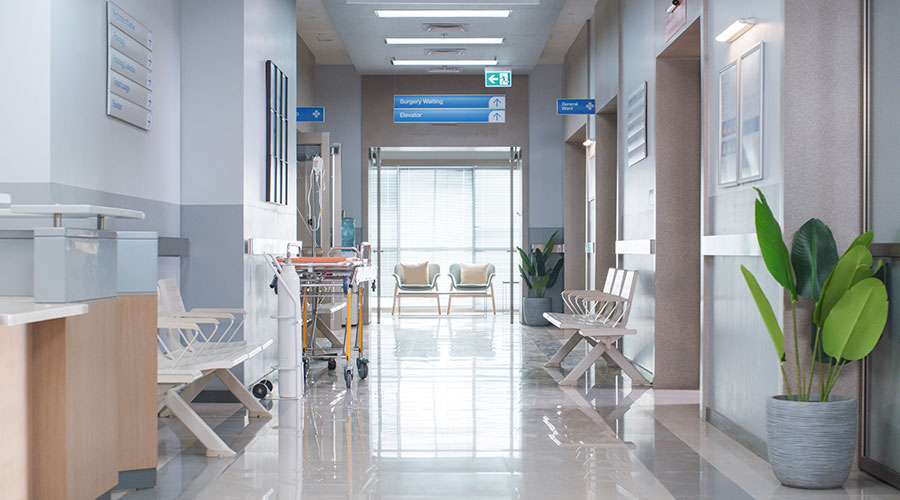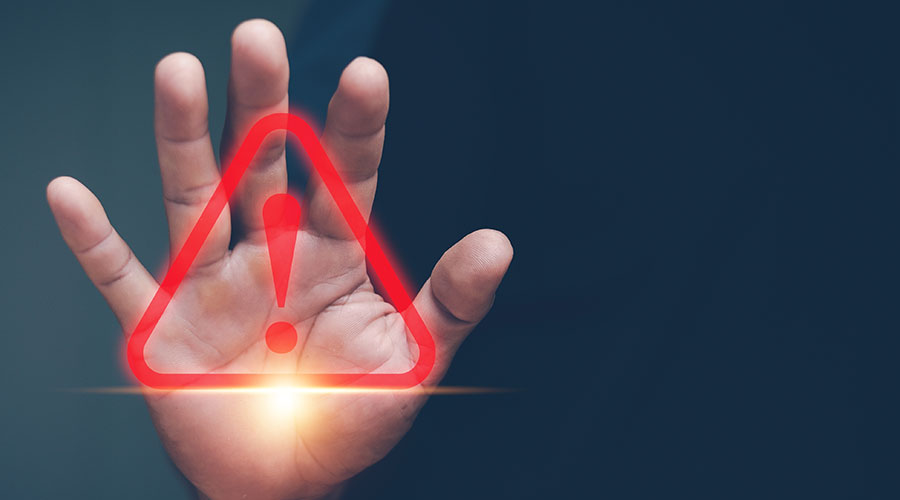With technology becoming an everyday part of healthcare operations, it is unclear how flexible current designs are to best accommodate new technological advancements. Facility managers are now put in a position where they have to not only ensure the safety of building but prove whether it is capable of handling upcoming and emerging technologies. Healthcare Facilities Today recently spoke with Matthew Griffith, VP, director of healthcare division at Barge Design Solutions on the intricacies of modern healthcare design and how technology will play a role in operations moving forward.
HFT: How flexible is the design to accommodate future technological advancements and changes in healthcare delivery models? Is the architecture scalable to support the integration of new technologies as they emerge?
Matthew Griffith: Healthcare settings are experiencing a boom in the popularity of modular designs because they can efficiently accommodate new demands. Modular construction methods allow parts to be pre-fabricated off-site, contributing to quicker, safer on-site assembly. Rearranging modules to create new spaces is also more cost-effective than building them from the ground up. Making architecture scalable to integrate new technologies can be as simple as designing patient rooms with ample power outlets to accommodate additional devices and leaving multipurpose spaces. In our recent design for Medical City Plano in Plano, TX, the patient rooms are designed for technology to accommodate different types of patient acuity levels. This flexibility can fill a critical gap for hospitals based on fluctuating census and needs.It’s essential to designate spaces for training, education, and ongoing collaboration. These rooms can then be equipped with the latest healthcare devices and emergency simulation tools to address today’s unique healthcare challenges. Lastly, designers should incorporate power systems into healthcare facilities that can support additional energy demands from new technologies and include backup precautions to prevent failure of emergency systems or data loss in case of an outage.
HFT: Are there considerations for standardization to enhance interoperability within new healthcare facilities?
Griffith: Yes, standardization is key in helping different software work together seamlessly to exchange information and promote a collaborative healthcare ecosystem. Modern healthcare facilities should support healthcare data standards like HL7 (Health Level Seven) and FHIR (Fast Healthcare Interoperability Resources) for consistent sharing of patient data. The software should also encourage consistent data formatting to eliminate the chances of misinterpretation. Examples include promoting a universal medical vocabulary and using consistent clinical terminology abbreviations. Promoting consistency is vital in preventing overall patient identification errors as well.
Related: Technology To Benefit Facilities and Patients
HFT: How will the infrastructure support the implementation of telehealth technologies?
Griffith: Healthcare solutions of the future are increasingly individualized and remotely available to patients. Modern hospitals should include dedicated telehealth spaces within the framework of a traditional hospital setting. Features of these technology-forward rooms must prioritize privacy while incorporating high-quality audiovisual equipment, accessible online platforms with chatbots, and even smart devices to remotely monitor patient vitals. Lighting, surface colors, and acoustical qualities are also very important when designing telehealth-focuses spaces. Building hospitals with robust server capacity and network bandwidth will be crucial to accommodate telemedicine expansion physically.
HFT: Are there redundant systems in place to ensure continuity of critical services during emergencies? Please explain.
Griffith: Yes, there are redundant but essential services to keep hospitals operational in emergencies. The three most important are backup power systems, data centers, and telecommunication redundancy. Backup power systems keep life-saving devices and critical medical equipment working regardless of how severe weather conditions may affect the overall power grid. Independent data centers are necessary to secure electronic health records and prevent mass data loss in a system failure. Finally, multiple communication channels must be available to providers to coordinate patient care and information exchange.
Mackenna Moralez is the associate editor of the facilities market.

 Oracle Health Hit by Data Breach, Patient Data Possibly Compromised
Oracle Health Hit by Data Breach, Patient Data Possibly Compromised Ground Broken on New MD Anderson Sugar Land Facility
Ground Broken on New MD Anderson Sugar Land Facility Florida State University Reveals Plans for Panama City Beach Hospital
Florida State University Reveals Plans for Panama City Beach Hospital The Effect of Over-Cleaning on Human Health
The Effect of Over-Cleaning on Human Health Rumored Terror Threat to Hospitals Prompts FBI Warning
Rumored Terror Threat to Hospitals Prompts FBI Warning